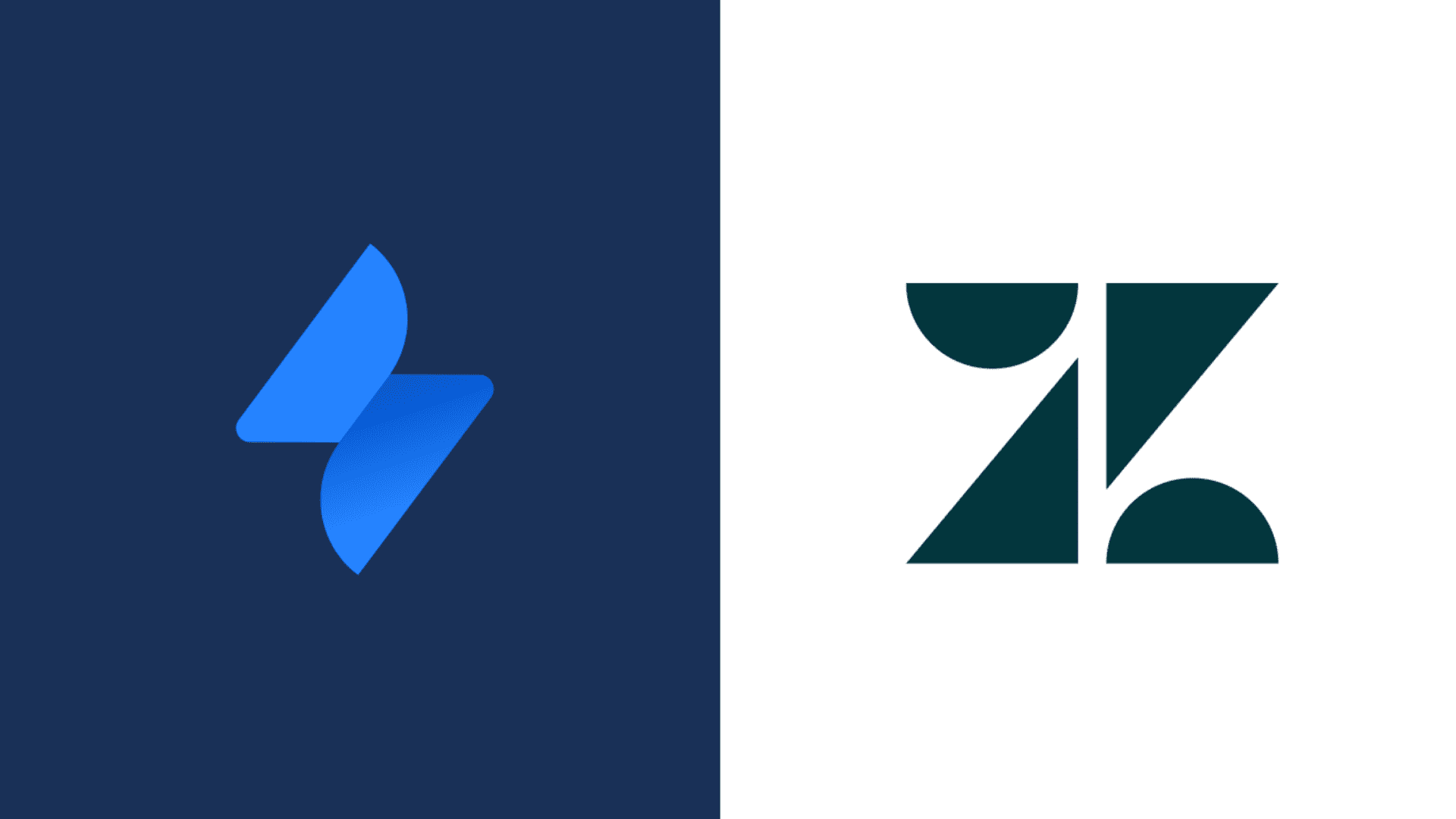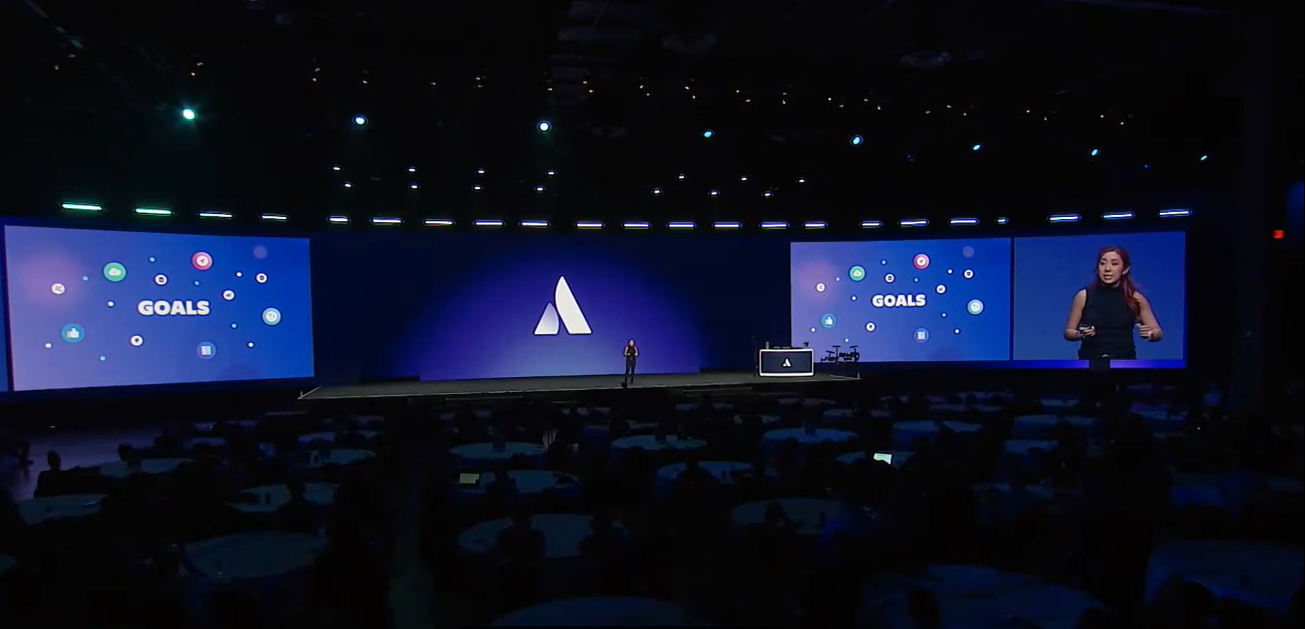Introduction to Enterprise Knowledge Management and Data Quality
Things you’ll learn
- Overview of enterprise knowledge management and data quality
- The best advice for your team to accomplish enterprise knowledge management
- How to understand key knowledge management methods & apply them to your business today

Oxalis has a strong perspective after decades of experience in knowledge management. As organizations grow, autonomous teams and users develop their own approach to performing Enterprise Knowledge Management and Data Quality. In many legacy systems, the knowledge that the organization is recording becomes unmanageable, out-of-date and unusable. More so, the pileup of documentation becomes nearly impossible to sift through, forcing users to waste precious time trying to find answers to their questions. If even 10 employees spend ~1 hour a month trying to find an important piece of documentation, your organization is wasting over 100 hours a year on a single reference. Now think about 100s of users trying to find 100s of pages – that is a major loss in productivity.
Without taking a thorough, robust, and scalable approach to enterprise knowledge management, organizations get left with piles of disjointed and unusable documentation. Once leadership realizes that this is a problem that needs to be fixed, a major effort is required to review and reorganize that information. A process and tool must also be implemented to keep that information updated and discoverable, or the cycle will repeat, at increasingly larger scales. Get support.
Enterprise Knowledge Management and Data Quality & How Can it Help
Knowledge management at the enterprise level strives to make information accessible and reusable to stakeholders across the organization. To meet this goal, organizations must define and implement processes and tools that enable the classification, categorization, and grooming of information, coupled with methods to expose the right information to the right users at the right time. Data Quality can be enforced via the use of sustainable templates and tools deployed at Enterprise scale, driving standardization and quality in developed intellectual property.
Knowledge Management Methods
When discussing knowledge management related to enterprise organizations, it is important to understand the different models or methods for managing information that available knowledge management applications use.
Pull

The old, legacy way of approaching knowledge management can be described as having a “pull” mentality. In this model, users must rely on very robust search capabilities to sort through a very large library of information. Generally, this method is adopted by intranets and other database focused tools.
Push

The new, modern way of approaching knowledge management can be described as having a “push” mentality, where integrated knowledge base tools expose information to users based on the context of the work they are currently performing. In this model, search is still available to find specific information in the knowledge base, but tags, labels and categories are heavily used, coupled with machine learning to prompt users to reference information when they might need it.
Confluence, integrated with other tools in the Atlassian suite, embraces and is a leader in the new approach to getting information to users, and their methods will be explained below.
Approaches to Accomplish Enterprise Knowledge Management and Data Quality
Process is key
To have an effective knowledge management system, organizations should focus on accomplishing three key aspects:
These processes should be accompanied by a straightforward process that the organization embeds into the way that their users work: capture, review, publish and groom.
1. Knowledge capture

Knowledge capture is the process of converting knowledge that an employee possesses in their mind into a format that is available to other users in the organization (this is often referred to as tacit versus explicit knowledge). Knowledge capture is arguably the most important aspect of the knowledge management process. If you don’t have a consistent and reliable way to capture your employee’s knowledge, you’ll lose it! You invest in your employees to learn and gain competencies throughout their time working for your organization, so when an employee decides to leave the company, your investment and potential resources for future employees will walk out the door with them. The information that your employees possess is invaluable intellectual property for your organization, so help make the process of capturing that information easy for your employees!
As an industry leading knowledge management tool, Confluence offers a library of industry standard and best practice templates, which make writing documentation simple, easy and less confusing. Often times, the hardest part about writing effective documentation is knowing where to start, and how to structure the documentation you need to put together. Instead of users wasting their time formatting pages and tables, creating siloed, discreet templates, Confluence templates make it easy for people to do the right thing, and capture their knowledge in a structured, readable and reproducible way. This knowledge management and data quality approach allows for strong capture at time of inception. Talk to an expert.
Now you might be thinking, “my employees don’t have time to sit and type out detailed documentation about every single thing they know or do each day”.
That should not be your organization’s goal! Trying to capture every piece of knowledge floating around in every employee’s head is a waste of time and will likely lead to cognitive overload for everyone involved in the content management process. Instead, organizations should prompt their users to capture the information that is 1) critical to performing their job role effectively and 2) key to your organization’s growth and future success, but only if that information has not already been documented by someone else in the organization.
“But how are my employees supposed to know whether what they’re working on has already been documented by someone else or not? Surely they don’t have the time to go and search through our entire knowledge base while completing a task.”
Right again! This is why users should be prompted to reference (and create, if necessary) documentation as a part of your business systems. With tools like Jira Software and Jira Service Management, articles can be suggested to users based on what they are currently working on (more on that later) and users can be prompted (via Confluence) to quickly create effective, templated documentation in cases where no relevant documentation already exists. In this way, information is being captured precisely at the time it was needed, generating new intellectual property for your organization when it is relevant.
“So, you’re talking about capturing knowledge at an individual level, how does this scale across my entire organization?”
Enterprise knowledge capture (and knowledge management in general) means that Teams and Departments across the entire business are working cohesively, in a similar way. When users across the organization are being prompted to capture their knowledge at the right time, you start to build up an effective knowledge management process and system.

2. Knowledge access

Once an organization has established sound practices for capturing its employee’s knowledge, the next step in enterprise knowledge management is to focus on making sure that the right people have access to that knowledge (and at the right time). When using a modern knowledge base like Confluence, ensuring that the right people have access to the right documentation is handled using flexible and scalable permission schemes. The ability to view, edit or administrate can be granted to groups and roles, allowing your permissions to scale and be dynamic. It is also important to enforce a review and categorization cycle on organization-wide documentation before it is published to the entire enterprise. With modern knowledge management applications, a review process can be enforced, from draft to approval to being released to the organization.
Along with access to knowledge, organizations should enable and encourage their employees to collaborate around the knowledge that is being and has been documented. According to a 2020 study by Forrester, high performing teams are 20% more likely to encourage open knowledge sharing and collaboration compared to low performing teams. With a modern knowledge base application like Confluence, users can collaborate in real-time on articles together, by adding in-line comments, liking, favoriting, sharing and mentioning other users on documentation.
“But how do my users find the documentation that they have access to?”
All leading modern knowledge base applications are equipped with a robust search capability, but searching for articles will always be a manual and tedious process. To help make the manual search for documentation and the automated promotion of articles to users more effective, intentional and thorough categorization is key.
By enabling (and often times enforcing) documentation publishers to add tags, labels and categories to documentation during the review cycle, modern knowledge management systems can use machine learning to prompt users to access relevant documentation as a part of their workflow. For example, Atlassian offers a robust integration between Jira Service Management and Confluence, which enables organizations to:

According to a study conducted by Forrester in 2019, organizations that implemented Jira Service Management alongside Confluence saw a 20% ticket deflection rate, and one organization reported a 230% increase in traffic to their HR team’s documentation space.
3. Knowledge management

So, you’re prompting your employees to capture their knowledge when it is relevant to them and you’re exposing that knowledge back to them when it is needed. Now you need to instill a consistent practice of managing that knowledge to keep it updated, relevant and manageable.
One of the more traditional ways to approach this part of the knowledge management process is by creating a hierarchical structure to store and organize documentation. While this file-folder / intranet mindset may have started with legacy knowledge base tools, it is still relevant and appropriate for modern knowledge management tools. Regardless of how powerful and tailored your knowledge management tool’s search capability is, your space / site owners should enforce a consistent hierarchy across the entire system, to help make information easier to find when manual searching is necessary. At Oxalis, we recommend creating a Confluence Space for each level and area of the organization, to ensure that every piece of information has a place to call home. Each Project, Team and Department should have a Space that they take ownership of, with a Space at the Corporate level as well. Enforcing a consistent architecture of information at every level of the organization will help your knowledge management practices and tools scale across your enterprise.
To keep your knowledge manageable and managed, Oxalis recommends assigning ownership at the space/site and individual page/article level. By spreading the responsibility for your content across the team, users can hold each other accountable, and also lessen the burden of reviewing information, making it more likely to be performed on a regular cadence. When using a tool like Confluence, reminders can automatically be sent to content owners to help keep information fresh. Contact us.
Additionally, Confluence offers Space and Page analytics to help content owners understand how often specific information is being viewed, at a micro or macro level, which can help inform decisions around what content needs to be promoted or archived. During the knowledge capture or review process, a content owner may discover or decide that a specific article is no longer relevant, and choose to archive the information. This ensures that your organization’s intellectual property is not lost, and also that outdated content is not being suggested to your users. This process of proactive content review and grooming is a crucial part in the knowledge management process for enterprises to keep their knowledge relevant and useful.

Finally, most enterprise organizations must adhere to specific compliance standards. For more information about how Atlassian approaches security, reliability, privacy, and compliance for their products and services, visit Atlassian Trust.
Conclusion
Enterprise knowledge management means that your employees, across all teams, departments and units are capturing, managing and accessing your organization’s information in a consistent way. When you expose the right information, to the right people, in the right place, at the right time, you ensure that your employees can work quickly and effectively, maintaining and utilizing your most important information.
Growing and enterprise organizations must work to implement a process and tool for capturing and managing the knowledge that their employees have, or risk wasting employee’s time and energy searching through stale content or worse, lacking the ability to leverage their own knowledge across the organization.
Our Approach to Enterprise Knowledge Management and Data Quality
When Oxalis approaches a discovery and implementation effort for Confluence and other tools across the Atlassian suite, we prefer to take a cohort-style approach to the roll-out of new processes and tools to get organizations to an enterprise, sustainable path. Oxalis offer a full suite of services to get you a professional implementation of a critical business process.
Knowledge management with data quality is difficult at scale and in an enterprise setting, however, it is essential that you business get this right. Your IP is your business and you need to make it available, high quality, and harness its power. Oxalis is an expert in doing this work in an enterprise setting.






